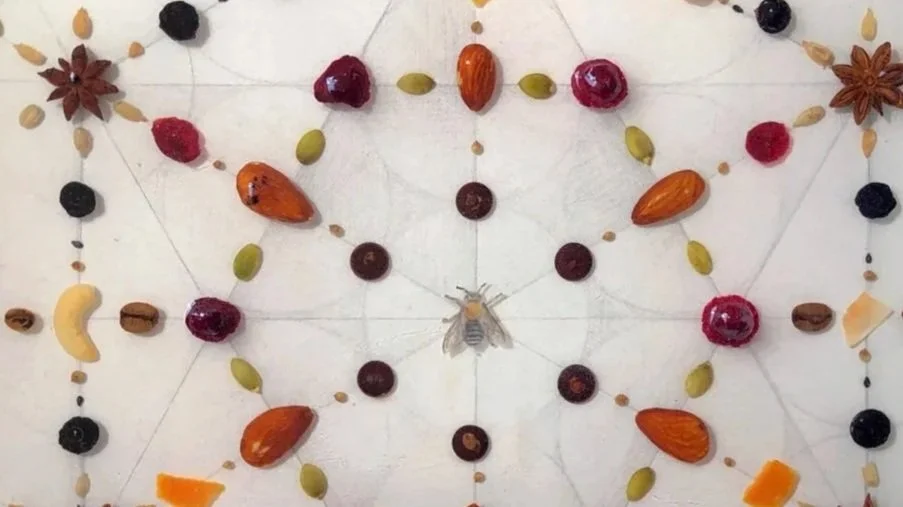
Bee Conservation
Presented by Artist, Faith Williams
“I think we completely underestimate how much pollinators, such as bees, are integral to our ecosystem’s very existence. My worry about declining bee population is more than just a concern for these beautiful creatures; it’s a deeper concern for the health of plant life as we know it and all the other animals who rely on the stable continuation of this ecosystem. My hope is that the artwork can help us all understand these creatures at a deeper level, so that we can take action to prevent further decline of important bee populations.” - Faith Williams
“Making Spaces for Pollinators”
Pen on paper 4”x2.5”
“Decline of the Honeybee”
Pen on vellum, line graph of bee population over 100 years 9”x7”
ABOUT BEES
When asked about pollinators, most people think of the ubiquitous European honeybees that live in large colonies, typically in hives we construct for them. However, there are more than 20,000 species of bees worldwide with 4,000 kinds identified in North America. The biodiversity of bees is demonstrated in many observable characteristics:
Body size ranging from as small 2 mm to as large as 20 mm
Social grouping ranging from solitary, aggregations, communal, semisocial to the fully synchronized living and mating habits of eusocial
Habitat and nesting formed from using constructed hives, carving holes into sandstone, chewing into soft wood, burrowing in the soil, discovering narrow spaces or moving material into mounds and dune
Diet ranging from picky specialist bees that only feed on select types of plants, to generalists that visit all flowering plants, and finally parasitic bees who steal nutrients from other insects
Additional info: US Forest Service and “The Bees in Your Backyard: A Guide to North America’s Bees” Joseph S. Wilson & Olivia Messinger Carril, 2016
“Connected”
Colored pencil, vellum, resin, wood, foods pollinated by bees 12” x 16” x 2”
WHY ARE BEES IMPORTANT?
In addition to their role helping distribute pollen and diversifying the genetic material between plants, bees are crucial for modern agricultural industries. Seventy-five percent of all crops in the world rely on animal pollination - mostly bees. It is estimated that one out of every three bites of food in the United States wouldn’t exist without bee pollinators.
Bee-pollinated crops include three important cash crops - coffee, cocoa and cotton - as well as almonds, cashews, canola, berries, peppers, tomatoes, alfalfa, avocados, apples, peaches, pears and melons.
Bee pollination is done in part by managed European honeybees, and in part by wild bees.
These tiny creatures add an estimated 217 billion dollars to the global economy, and the common honeybee alone is responsible for between 1.2 - 5.4 billion dollars in agricultural productivity in the United States. Some crops, such as almonds, are pollinated exclusively by bees.
Additional info: List of Pollinated Foods , Economic Value of Bee study
“Caffeinated”
Graphite, vellum, resin, colored pencil, wood, coffee beans 12” x 6” x 2
“Movement of the Pollinator”
Lino relief print on plexiglass, wood, reclaimed floral wallpaper.
Diagram of bee visitation pattern
13”x19”x2
WHAT ARE THE CHALLENGES FACING BEES?
Populations of bees are continuing a 100-year decline due to habitat loss, increased average daily temperature, changes in precipitation level, use of toxic pesticides, and diseases like "colony collapse disorder” which affect managed honeybees.
This rate is accelerating at an alarming pace. In just the past couple years, many North American regions observed nearly 40% loss of honeybees. This decline is expected to continue without dramatic changes to environmental and agricultural practices. Bees are struggling.
Additional info: USDA and Science Magazine
WHAT CAN WE DO TO HELP?
Study Bees
Get to know your local bee species by learning their names and identifying characteristics.
Talk to your friends and neighbors about the bees you see.
Check out your nearest botanic garden for regional bee information and recommended plants for your area.
Find ways to peek at a world of bees that you don’t normally get to see: Watch a Mason Bee Build a Nest
There are many great organizations who specialize in bees and pollinators such as Pollinator Partnership, Xerces Pollinator Protection Program, and Bee Culture Magazine .
Protect Bees
While the systemic problems that bees face may seem overwhelming to tackle, there are many steps that individuals can take to help bees:
Vote with your money! Support food companies and farming practices that benefit bees, such as buying pesticide-free and local when possible. Request more sustainable options at your grocery store to put pressure on the businesses supporting the demand in these economic systems. Bee Better Certified Foods.
Add more habitat spaces in your backyard for solitary bees like installation of bee hotels, allowing grass to grow longer, and leaving fall leaves over the winter. If you have a bird path, add a couple rocks to allow bees to access shallow water from the edge of the rock. Building and Managing Bee Hotels for Wild Bees,
Plant more flowers, especially native plants, that bloom in spring and fall to extend the seasonal availability of food for pollinators. Look up “pollinator highway” projects in your region and see if you can help connect more spaces in your area. Gardening Guide for Native Plants,
Advocate for local and national policies that address climate change initiatives and more sustainable practices that benefit bees, such as Xerces Society, the Endangered Species Coalition, EPA restrictions on pesticides and neonicotinoids, or supporting Pollinator Highways.
Celebrate Bees
Celebrate and learn more every day.
Follow and share “Pollinator Week” in June: https://www.pollinator.org/pollinator-week
Create artwork and share with the hashtags #artistsforpollinators & #creatureconserve
Artworks by Faith Williams





